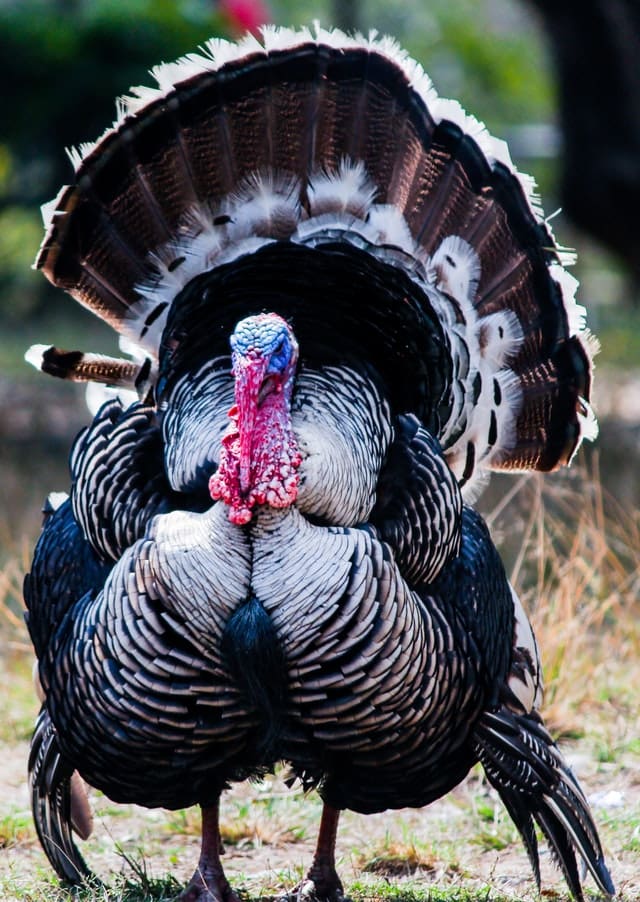Why Is It Called a “Turkey” When You Bowl Three Strikes in a Row?

Did you know that the sport of bowling can be traced back all the way to 3200 BC? Archaeologists have found what seem to be bowling pins in ancient tombs, and there are even Egyptian hieroglyphics depicting a game that looks remarkably similar to modern-day bowling.
The sport has certainly been around for a while, and in all those years some pretty unique bowling lingo has developed. From Sour Apples to Brooklyns, Greek Churches to Chicken Wings, Buckets to Boomers to Body English, you can’t say that bowlers are lacking in the vocabulary department.
One funny bowling phrase you may have heard of is “Bowling a turkey.” Wondering what the heck that means? Don’t worry, you won’t find any feathered friends wandering across your lane. Read on for some background on this colorful expression, and who knows, maybe you’ll bowl a turkey next time you visit us at Richmond 40 Bowl!
Why Three Strikes in a Row is Called a Turkey
During the late 1700s and into the early years of the 1800s, bowling tournaments were a popular diversion for all, from the working class to the aristocracy. The prizes typically awarded at these tournaments were gift baskets of food, often containing coveted items like a large ham or, you guessed it, a turkey!
Turkeys became a common prize for winning a bowling tournament, and as bowling a strike became easier over time thanks to changes in equipment and facilities, prizes were set for multiple strikes in a row. Bowling a turkey became synonymous with three strikes in a row, while other achievements got their own names, like Hambone, Wild Turkey, Golden Turkey, and Dinosaur. (4 consecutive strikes, 6 consecutive strikes, 9 consecutive strikes, and a perfect game.)
Back then, bowling three strikes in a row was an exceptional accomplishment. Unlike the well-oiled wooden lanes at modern bowling alleys, old school lanes were often rough and uneven, with pins placed by hand (and therefore not perfectly spaced). Even the bowling balls were less balanced, making it hard for bowlers to get the consistency in their game that is the key to nailing strikes. And to top it all off, bowling tournament officials would sometimes make it even harder to knock over the pins by weighting the bottoms!
These days, it’s considerably easier to throw three strikes in a row with enough practice. Check out our past blogs to find bowling tips and tricks, like how to bowl strikes or how to choose the right bowling ball. You know what they say—practice makes perfect—so come practice your skills during our open bowling hours, sign up for bowling lessons, or join one of our bowling leagues. It’s all here at our Richmond, Indiana bowling alley, so come join the fun.
